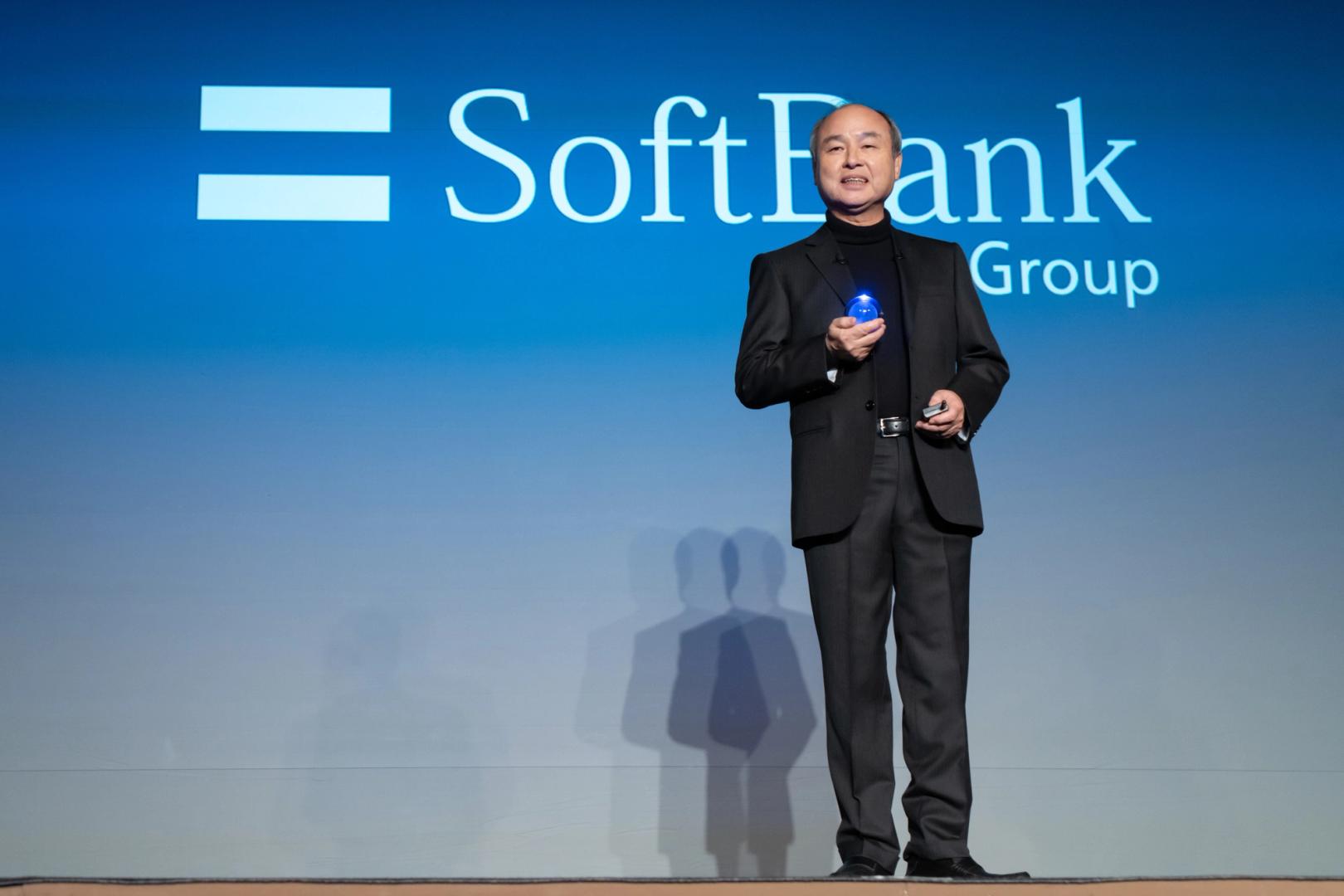Community Engagement Strategies in Open Source Projects: A Comprehensive Guide
Abstract: This post provides a holistic exploration of community engagement strategies in open source projects. We discuss the importance of clear goals, fostering an inclusive environment, streamlining contribution processes, utilizing effective communication channels, and recognizing contributors. With supporting examples, tables, and bullet lists, we delve into historical context, core concepts, practical applications, challenges, and future trends. Throughout the post, we offer curated resources such as the Community Engagement Strategies in Open Source Projects article, Open Source Guides, and invaluable insights from key Dev.to posts to empower open source initiatives with sustainable, ethical, and innovative strategies. Introduction Open source projects thrive not only because of excellent code but also because of active and engaged communities. In today’s digital economy, successful projects require consistent community engagement, transparent communication, and supportive environments that empower contributors. This post examines community engagement strategies, offering a detailed yet accessible guide on how to foster and maintain a vibrant open source community. We will discuss methods ranging from setting clear project goals and vision to organizing events and creating leadership opportunities—all essential steps for building sustainable and innovative projects. Background and Context The Evolution of Open Source Communities Historically, open source began as a grassroots movement where developers shared code openly, collaborated, and challenged traditional proprietary software models. Over time, as projects like Linux and Apache gained traction, communities evolved into diverse ecosystems. These communities value transparency, collaboration, and inclusive decision-making. Today, with the rising cost of software development and the increasing complexity of digital products, open source projects rely on effective community engagement strategies to remain relevant and financially sustainable. Key Definitions and Ecosystem Open Source: Software with publicly available source code that can be modified and redistributed. Community Engagement: Strategies designed to involve developers, users, and other stakeholders actively. Inclusive Environment: Fostering diversity where every member, irrespective of background, feels welcomed and valued. Contribution Processes: The set of guidelines, documentation, and tools provided for new contributors to participate effectively. The ecosystem around open source is dynamic, with sustainable funding models, ethical software development practices, and legal frameworks that protect both contributors and maintainers. Resources like the Open Source Project Business Models and Contributor Covenant help projects align their efforts with best practices and legal standards. Core Concepts and Features Open source community engagement consists of several core strategies. Here we detail each key strategy along with its principal features and how they interrelate. 1. Define Clear Goals and Vision A clear mission statement provides direction for the project. By articulating the vision, project leaders can attract like-minded contributors who share the same commitment to innovation and collaboration. Why It Matters: Sets a clear path for development. Helps align community efforts with project objectives. Best Practices: Create a well-documented roadmap. Regularly update goals as the project evolves. Additional Resources: For a detailed overview, visit Open Source Guides. 2. Foster an Inclusive Environment An inclusive community celebrates diversity and is built on respect and mutual understanding. Implementing tools like a Code of Conduct ensures that all voices are heard and valued. Benefits of Inclusivity: Attracts a broad talent pool. Encourages unique viewpoints that foster innovation. Implementation Tips: Clearly state community values in documentation. Monitor and review contributions to ensure respectful interactions. Reference: Learn more about promoting ethical standards in open source through Ethical Software Development. 3. Streamline Contribution Processes Barrier-free entry for new contributors is key. Offering comprehensive documentation, mentorship programs, and clear guidelines maximizes the chance that newcomers will remain active. Key Features: Simple onboarding and well-maintained documentation. Regular updates on best practices in contribution. Supportive Actions: Use automated tools and platforms such as GitHub’s Contributing to Projects guide. Host mentorship sessions to guide new developers. 4. Leverage Communication Channels Effective communication is foundational to community success. Engaging across multiple platforms—forums, social media, chat rooms—helps maint
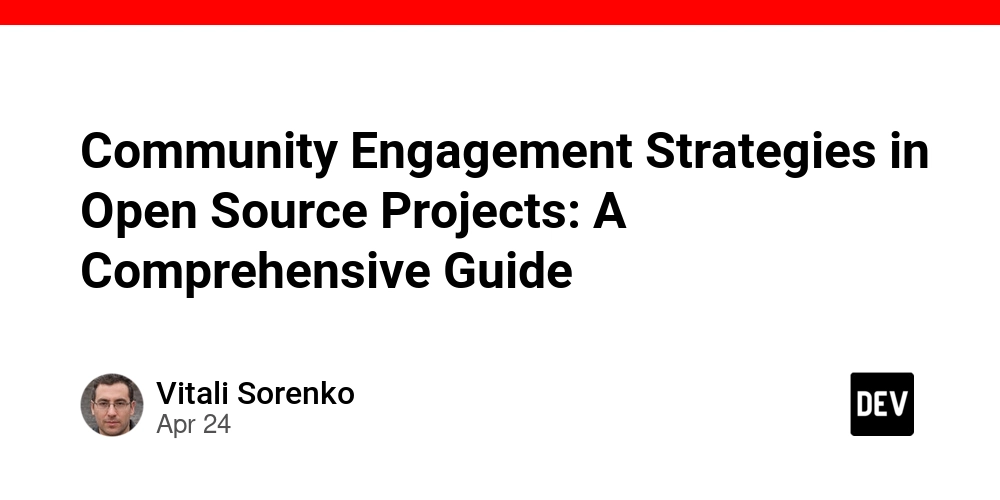
Abstract:
This post provides a holistic exploration of community engagement strategies in open source projects. We discuss the importance of clear goals, fostering an inclusive environment, streamlining contribution processes, utilizing effective communication channels, and recognizing contributors. With supporting examples, tables, and bullet lists, we delve into historical context, core concepts, practical applications, challenges, and future trends. Throughout the post, we offer curated resources such as the Community Engagement Strategies in Open Source Projects article, Open Source Guides, and invaluable insights from key Dev.to posts to empower open source initiatives with sustainable, ethical, and innovative strategies.
Introduction
Open source projects thrive not only because of excellent code but also because of active and engaged communities. In today’s digital economy, successful projects require consistent community engagement, transparent communication, and supportive environments that empower contributors. This post examines community engagement strategies, offering a detailed yet accessible guide on how to foster and maintain a vibrant open source community. We will discuss methods ranging from setting clear project goals and vision to organizing events and creating leadership opportunities—all essential steps for building sustainable and innovative projects.
Background and Context
The Evolution of Open Source Communities
Historically, open source began as a grassroots movement where developers shared code openly, collaborated, and challenged traditional proprietary software models. Over time, as projects like Linux and Apache gained traction, communities evolved into diverse ecosystems. These communities value transparency, collaboration, and inclusive decision-making. Today, with the rising cost of software development and the increasing complexity of digital products, open source projects rely on effective community engagement strategies to remain relevant and financially sustainable.
Key Definitions and Ecosystem
- Open Source: Software with publicly available source code that can be modified and redistributed.
- Community Engagement: Strategies designed to involve developers, users, and other stakeholders actively.
- Inclusive Environment: Fostering diversity where every member, irrespective of background, feels welcomed and valued.
- Contribution Processes: The set of guidelines, documentation, and tools provided for new contributors to participate effectively.
The ecosystem around open source is dynamic, with sustainable funding models, ethical software development practices, and legal frameworks that protect both contributors and maintainers. Resources like the Open Source Project Business Models and Contributor Covenant help projects align their efforts with best practices and legal standards.
Core Concepts and Features
Open source community engagement consists of several core strategies. Here we detail each key strategy along with its principal features and how they interrelate.
1. Define Clear Goals and Vision
A clear mission statement provides direction for the project. By articulating the vision, project leaders can attract like-minded contributors who share the same commitment to innovation and collaboration.
-
Why It Matters:
- Sets a clear path for development.
- Helps align community efforts with project objectives.
-
Best Practices:
- Create a well-documented roadmap.
- Regularly update goals as the project evolves.
Additional Resources: For a detailed overview, visit Open Source Guides.
2. Foster an Inclusive Environment
An inclusive community celebrates diversity and is built on respect and mutual understanding. Implementing tools like a Code of Conduct ensures that all voices are heard and valued.
-
Benefits of Inclusivity:
- Attracts a broad talent pool.
- Encourages unique viewpoints that foster innovation.
-
Implementation Tips:
- Clearly state community values in documentation.
- Monitor and review contributions to ensure respectful interactions.
Reference: Learn more about promoting ethical standards in open source through Ethical Software Development.
3. Streamline Contribution Processes
Barrier-free entry for new contributors is key. Offering comprehensive documentation, mentorship programs, and clear guidelines maximizes the chance that newcomers will remain active.
-
Key Features:
- Simple onboarding and well-maintained documentation.
- Regular updates on best practices in contribution.
-
Supportive Actions:
- Use automated tools and platforms such as GitHub’s Contributing to Projects guide.
- Host mentorship sessions to guide new developers.
4. Leverage Communication Channels
Effective communication is foundational to community success. Engaging across multiple platforms—forums, social media, chat rooms—helps maintain appropriate levels of transparency and real-time collaboration.
-
Techniques:
- Regular project updates and newsletters.
- Scheduled community calls or webinars.
-
Online Platforms:
- Utilize development and support channels such as Slack, Discord, or even SmartBear’s communication strategies for inspiration.
5. Recognize and Reward Contributions
Recognition is a key motivator for contributors. Publicly acknowledging contributions can lead to increased long-term engagement and a positive community atmosphere.
-
Recognition Methods:
- Public shoutouts in newsletters and meetings.
- Formal awards or badges for excellent contributions.
-
Additional Ideas:
- Offering compensation or sponsorship for maintainers can boost motivation, as explored in the Contributor Recognition System.
6. Organize Events and Workshops
Events such as hackathons, workshops, and webinars facilitate real-time collaboration, knowledge sharing, and community bonding.
-
Advantages:
- Accelerates learning through interactive sessions.
- Provides a platform for networking and idea exchanges.
-
Practical Tools:
- Platforms like DevPost assist in organizing successful hackathons.
- Consider complementary funding strategies from Open Source Project Funding Strategies.
7. Facilitate Leadership Opportunities
Providing leadership roles within the community transforms contributors into stewards who can guide, mentor, and innovate for the greater good of the project.
-
Leadership Development:
- Encourage contributors to take on roles such as module maintainers or event coordinators.
-
Positive Impact:
- Empowers community ownership and sustained engagement.
-
Resource:
- Explore the benefits of structured leadership roles as detailed in the Open Leadership Framework.
Summary Table of Engagement Strategies
| Strategy | Key Components | Benefits |
|---|---|---|
| Define Clear Goals and Vision | Mission statements, roadmaps, regular reviews | Provides direction, aligns community efforts |
| Foster an Inclusive Environment | Code of Conduct, diversity initiatives, ethical guidelines | Attracts diverse talent, fosters innovation |
| Streamline Contribution Processes | Documentation, mentorship, clear guidelines | Simplifies onboarding, boosts productivity |
| Leverage Communication Channels | Forums, social media, webinars | Enhances transparency, encourages collaboration |
| Recognize and Reward Contributions | Public recognition, awards, compensation schemes | Motivates contributors, increases engagement |
| Organize Events and Workshops | Hackathons, webinars, workshops | Facilitates learning and networking |
| Facilitate Leadership Opportunities | Mentorship roles, coordinator positions | Empowers community, ensures sustainability |
Applications and Use Cases
Open source community engagement strategies are not just theoretical—they are applied in numerous practical scenarios.
Example 1: Small Open Source Project Success
Consider a small project that started with a clear vision and a simple onboarding process. By using a well-defined Code of Conduct and streamlined documentation, the project quickly expanded its contributor base. Regular updates via social channels and virtual hackathons helped the community grow organically. With clear recognition systems in place, contributors felt valued and maintained long-term engagement.
Example 2: Corporate Sponsored Open Source Initiatives
Large companies often sponsor open source projects to foster industry innovation. For example, Mozilla has integrated public recognition and financial incentives to reward contributions. Sponsorship models are evolving, as discussed in articles like Financial Sustainability in Open Source Projects: A Guide to Thriving. These models align with sustainable funding practices outlined in resources such as Open Source Project Business Models.
Example 3: Blockchain-Based Open Source Projects
Blockchain projects present unique funding and governance challenges. Through the integration of community-driven strategies and blockchain-based tools, projects like those discussed in Exploring Open Source Project Sponsorship Opportunities Enhancing Innovation with Blockchain and DMP have successfully navigated the complexities of decentralized governance. These projects utilize automated contribution tracking, transparent reward systems, and innovative token-based recognition programs, serving as a blueprint for future technological advancements.
Challenges and Limitations
While the benefits of robust community engagement are clear, several challenges must be addressed:
Volunteer Burnout:
Contributors, especially unpaid volunteers, may face burnout over prolonged periods. Ensuring fair compensation mechanisms, as discussed in Compensation for Maintainers, can mitigate this risk.Legal and Compliance Issues:
Open source contributions may involve intricate legal challenges, for instance, those related to Contributor License Agreements (CLAs). Projects need to stay updated on best practices via resources like Contributor License Agreement (CLA) Legal Risks.Technical Barriers:
Some contributors might find onboarding processes too complex. Simplifying technical documentation and offering mentorship is essential to lower entry barriers.Sustainability and Funding:
Developing and maintaining a healthy community requires sustainable funding. Integrating diverse funding strategies, such as crowdsourced funding and sponsorships, is essential for long-term success. Articles like Navigating Open Source Funding for Startups: Opportunities and Challenges highlight these issues.Communication Overload:
With multiple communication channels, keeping information organized and accessible can be difficult. It’s vital to establish centralized forums or dashboards where community members can easily retrieve updates and documentation.
Bullet List of Key Challenges:
- Volunteer burnout and contributor fatigue
- Legal complexities surrounding CLAs and licensing
- Technical onboarding challenges
- Securing sustainable funding
- Managing multiple communication streams effectively
Future Outlook and Innovations
The future of open source community engagement looks promising, with emerging trends that blend technology, funding models, and decentralization. Here are several trends to watch:
Blockchain Integration for Transparent Funding:
Decentralized finance (DeFi) and blockchain can offer transparent, token-based reward systems that ensure fair compensation and accountability. This integration may also streamline licensing and compliance through smart contracts.Enhanced Automation in Contribution Processes:
Artificial intelligence (AI) and machine learning tools can automate code review, documentation updates, and even contributor recognition. This approach reduces manual overhead and improves the overall efficiency of project management.Evolution of Legal and Ethical Frameworks:
As open source projects continue to expand globally, continuous evolution in legal frameworks is expected. Tools like Open Source Licensing Challenges and Solutions will help projects navigate regulatory compliance successfully.Community-Driven Governance Models:
More projects are expected to adopt decentralized governance models, empowering contributors to participate in strategic decision making. Initiatives such as Arbitrum and Community Governance hint at future pathways where community involvement directly shapes project direction.Diverse Funding Streams and Corporate Partnerships:
With multiple funding routes—crowdfunding, corporate sponsorships, and DAO-driven financing—the open source ecosystem may enjoy more financial resilience. This diversification is critical for bridging funding gaps and sustaining long-term project development.
Summary
In this post, we explored a comprehensive range of community engagement strategies essential for the success and sustainability of open source projects. We highlighted the importance of setting clear goals, fostering an inclusive environment, streamlining contribution processes, effective communication, recognizing contributions, organizing events, and offering leadership opportunities. The intersection of these strategies not only nurtures innovation but also addresses common challenges such as volunteer burnout, legal complexities, and funding limitations.
To summarize:
- Clear Goals and Vision: Lead community efforts with defined objectives.
- Inclusive Environment: Embrace diversity and respect through clear codes of conduct.
- Streamlined Contributions: Reduce barriers with thorough documentation and mentorships.
- Effective Communication: Use multiple channels to engage and update contributors.
- Recognition and Rewards: Motivate community members by acknowledging their contributions.
- Event Organization: Facilitate real-time collaboration through hackathons and webinars.
- Leadership Opportunities: Empower contributors with decision-making roles.
The integration of innovative funding models, blockchain-based technologies, and AI-driven automation paves the way for a robust, future-proof open source ecosystem. For further depth, the original article on Community Engagement Strategies in Open Source Projects and resources from Open Source Guides are excellent starting points.
Additional insights can also be drawn from community discussions on platforms like Dev.to. Insights from posts such as Financial Sustainability in Open Source Projects: A Guide to Thriving, Exploring Open Source Project Sponsorship Opportunities Enhancing Innovation with Blockchain and DMP, and Navigating Open Source Funding for Startups: Opportunities and Challenges offer practical, real-world applications of these strategies.
Ultimately, the success of an open source project hinges on a well-engaged community, continual innovation, and adaptive leadership. By adopting these strategies, developers, maintainers, and stakeholders can create an ecosystem where contributions flow freely, challenges are met head-on, and sustainable innovation thrives.
By embracing these comprehensive insights and strategies, open source communities can continue to drive development, promote ethical practices, and build a resilient future in software development.










































































































































































![[The AI Show Episode 144]: ChatGPT’s New Memory, Shopify CEO’s Leaked “AI First” Memo, Google Cloud Next Releases, o3 and o4-mini Coming Soon & Llama 4’s Rocky Launch](https://www.marketingaiinstitute.com/hubfs/ep%20144%20cover.png)



















































































































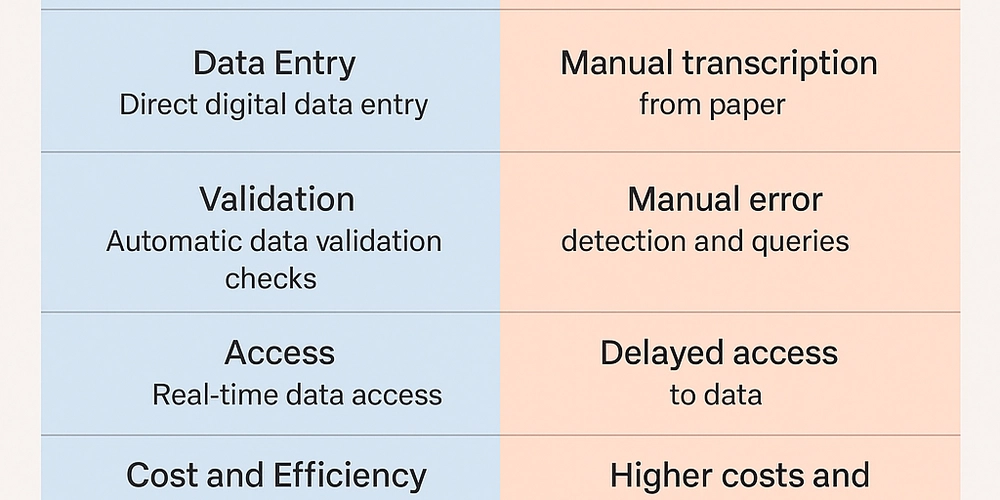
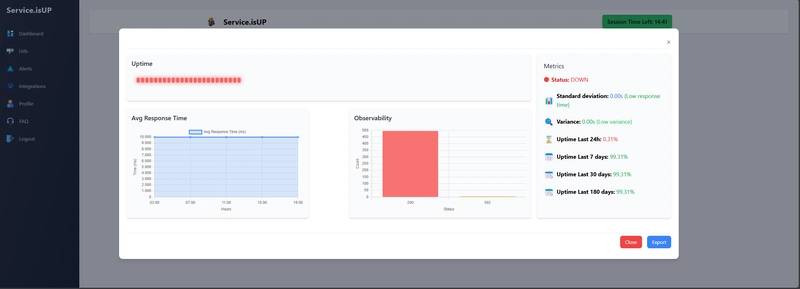













![[DEALS] Sterling Stock Picker: Lifetime Subscription (85% off) & Other Deals Up To 98% Off – Offers End Soon!](https://www.javacodegeeks.com/wp-content/uploads/2012/12/jcg-logo.jpg)
















































.jpg?#)






























































































_NicoElNino_Alamy.png?width=1280&auto=webp&quality=80&disable=upscale#)

























































































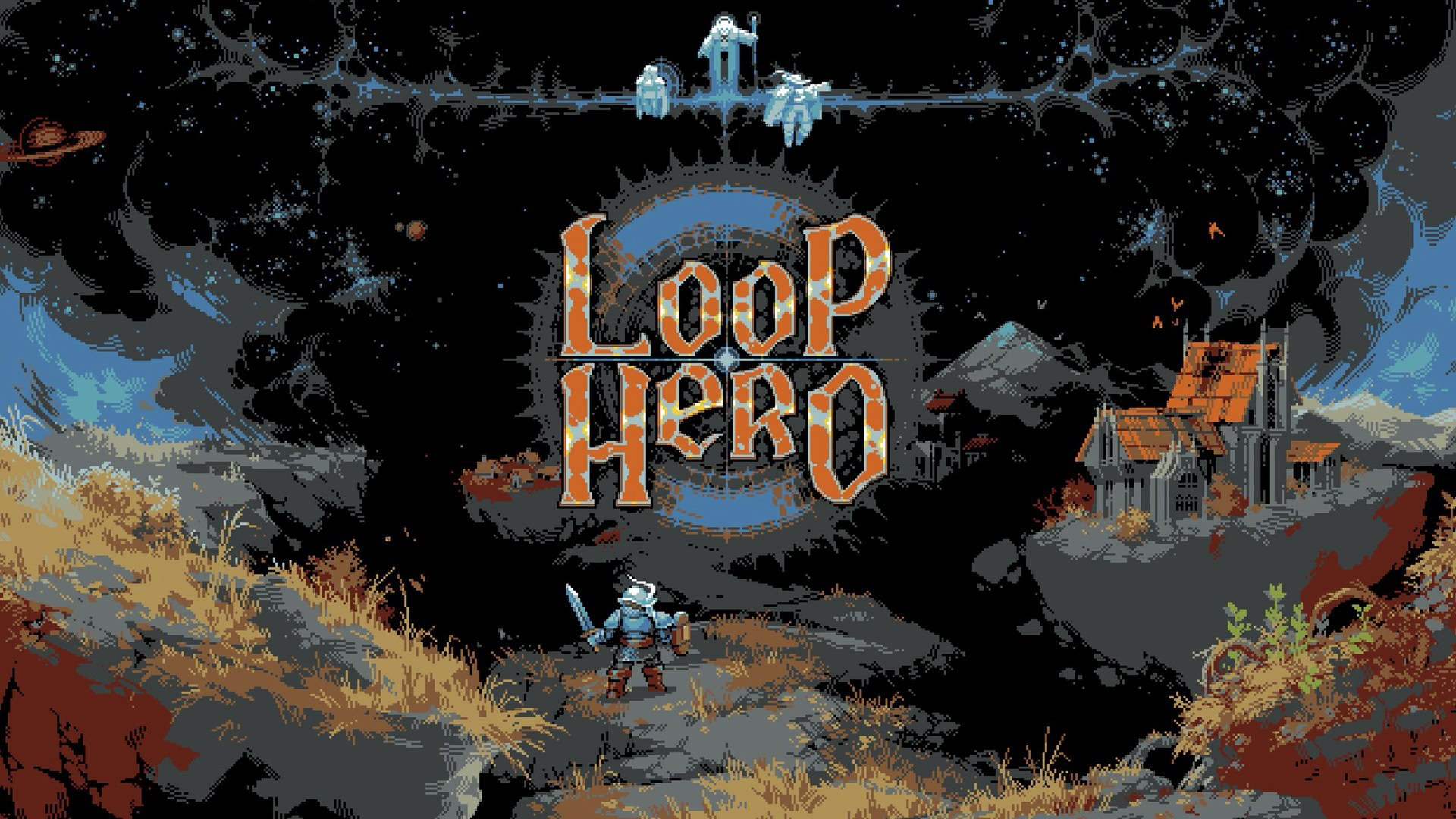



















![Apple Shares New Ad for iPhone 16: 'Trust Issues' [Video]](https://www.iclarified.com/images/news/97125/97125/97125-640.jpg)

![At Least Three iPhone 17 Models to Feature 12GB RAM [Kuo]](https://www.iclarified.com/images/news/97122/97122/97122-640.jpg)
































































































































